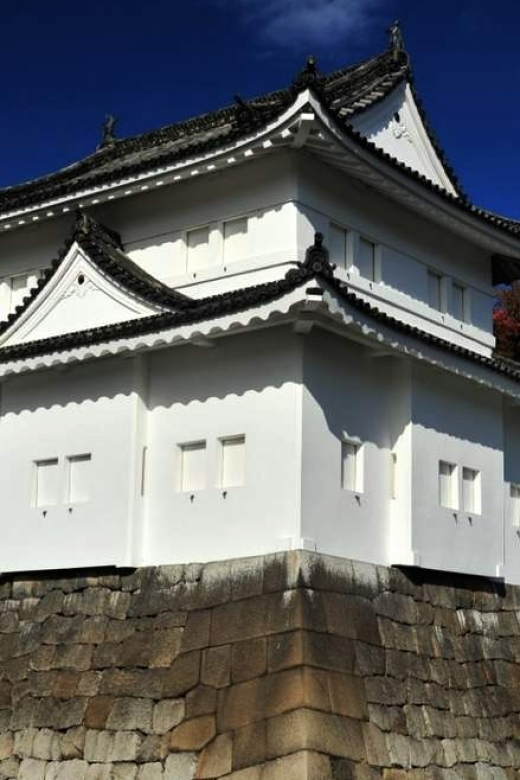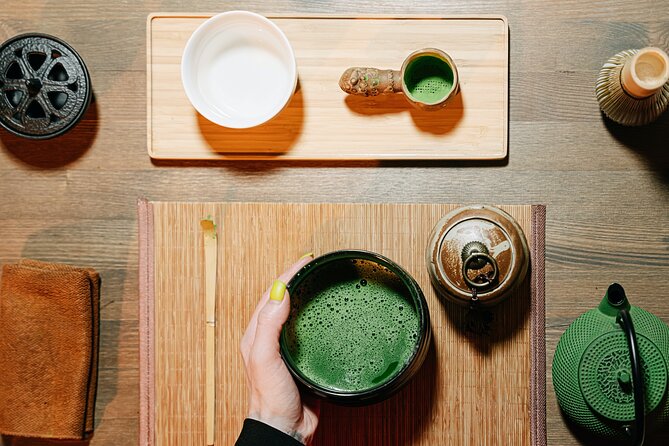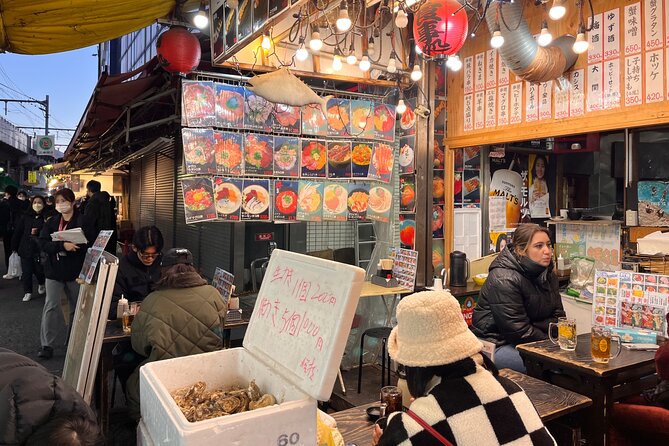Understanding Japanese Culture Mythology and Lifestyle Through Study of Shinto
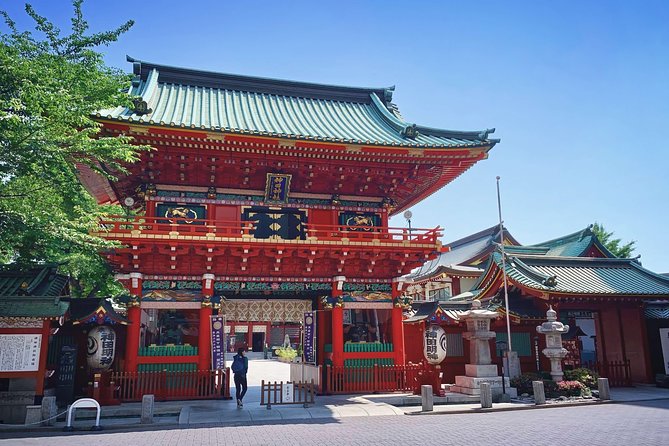
In the tapestry of Japanese culture, Shintoism weaves a rich narrative that transcends time, inviting curious minds to uncover its mysteries.
As one delves into the intricate tapestry of beliefs and practices, a world unfolds where nature intertwines with spirituality in a harmonious dance.
Each ritual, deity, and tradition holds a key to unlocking a deeper understanding of not just Japan’s past, but also its present and future.
The allure of Shinto goes beyond mere observation; it beckons one to partake in a journey that promises enlightenment and a newfound appreciation for the nuances of Japanese life.
More nearby cooking classses we've reviewed
Key Points

- Gain deep insights into Japanese culture, mythology, and religious beliefs through Shintoism.
- Explore Shinto shrines with expert guidance, learning purification rituals and prayers for success.
- Personalized small-group tours offer immersive experiences in Shinto history and lifestyle.
- Explore the essence of Japanese culture through Shinto practices, enhancing cultural understanding.
It's also worth checking out some other tours and experiences nearby.
Origins of Shintoism
Shintoism, an ancient religion with roots deep in Japan’s history, holds a significant place in the country’s cultural and spiritual landscape. Shinto architecture reflects the harmony between nature and the divine, with shrines blending seamlessly into their surroundings. Historically, Shinto shrines have served as centers for community gatherings, celebrations, and spiritual practices.
Shinto music and dance, integral to religious ceremonies, evoke a sense of reverence and connection to the divine. The rhythmic beats and graceful movements in Shinto dances symbolize purification and gratitude. Understanding the history and significance of Shinto architecture, music, and dance provides valuable insights into the traditions and beliefs that have shaped Japanese culture over centuries.
Deities and Mythological Stories

Exploring the rich tapestry of Japanese culture, one delves into a world brimming with deities and captivating mythological stories that continue to shape the country’s spiritual beliefs and societal practices. These deities, known as kami, hold immense cultural significance in Shintoism. They’re believed to reside in natural elements like mountains, rivers, and trees, embodying various virtues and powers.
Mythological stories, passed down through generations, narrate the origins of Japan and its people, reflecting spiritual beliefs intertwined with historical events. From the tale of Amaterasu, the sun goddess, to the adventures of Susano-o, the storm deity, these narratives offer insights into the Japanese worldview and values.
Understanding these deities and stories provides a profound glimpse into the essence of Japanese spirituality and cultural heritage.
Rituals and Practices
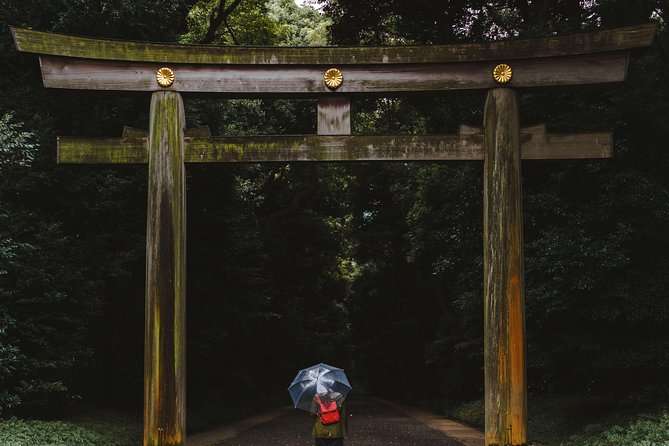
Enjoy the vibrant tapestry of Japanese culture by participating in the intricate rituals and practices that form the heart of Shinto traditions. These rituals are deeply rooted in tradition and play a significant role in maintaining spiritual connections and harmony with the natural world.
Here are three essential aspects of rituals and practices in Shinto:
-
Purification Ceremonies: Purification, known as ‘misogi,’ involves cleansing the body and mind to enter sacred spaces free of impurities.
-
Spiritual Connections: Through practices like prayer, offerings, and festivals, individuals forge connections with kami (spirits) and ancestors, seeking blessings and guidance.
-
Harmonizing with Nature: Shinto rituals often emphasize living in harmony with nature, reflecting the belief in the divine presence in natural elements like trees, rocks, and water.
Shrines and Sacred Spaces
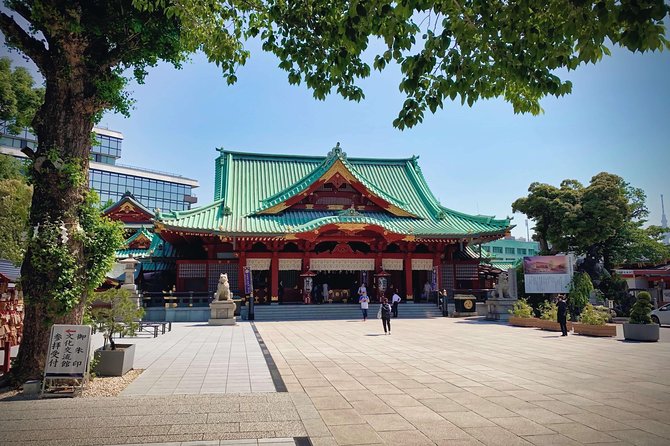
Nestled amidst Japan’s serene landscapes are serene shrines and sacred spaces that beckon visitors with their aura of tranquility and spiritual significance. These places, deeply rooted in Shinto beliefs, showcase exquisite sacred architecture and hold immense spiritual significance for the Japanese people. The intricate designs and peaceful surroundings of these shrines offer a glimpse into the heart of Shintoism, inviting contemplation and reverence. Visitors can witness the harmonious blend of nature and man-made structures, symbolizing the connection between the physical and spiritual realms. The meticulous attention to detail in these sacred spaces reflects the profound respect for tradition and the divine. Exploring these shrines provides a profound insight into the essence of Japanese spirituality and the cultural significance of these revered sites.
| Sacred Architecture | Spiritual Significance |
|---|---|
| Intricate Designs | Connection to the Divine |
| Blend of Nature | Reverence and Tradition |
| Meticulous Details | Cultural Insight |
Influence on Japanese Daily Life
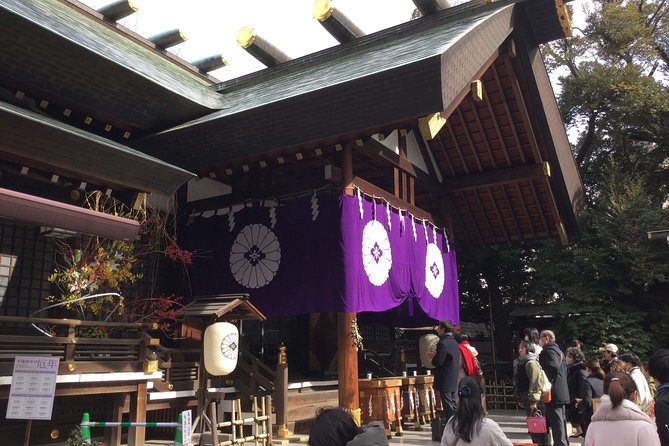
Amidst Japan’s serene landscapes and sacred shrines, the influence of Shintoism on Japanese daily life is palpable in the rituals, customs, and beliefs woven intricately into the fabric of society. This spiritual practice shapes various aspects of daily life, including:
-
Cultural Customs: Shinto influences Japanese etiquette, dress codes, and social interactions, emphasizing respect for nature and ancestors.
-
Spiritual Beliefs: Concepts like kami (spirits) and the interconnectedness of all things guide Japanese perspectives on life, death, and the world around them.
-
Daily Practices: From morning rituals of purification to offerings at household shrines, Shinto rituals are integrated into everyday routines, fostering a sense of harmony and reverence.
Festivals and Celebrations
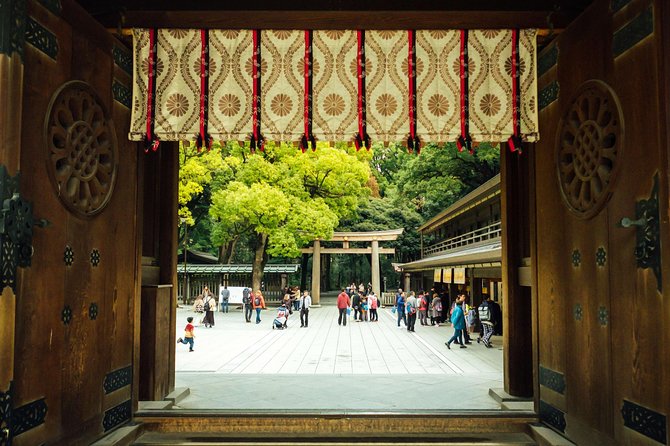
As communities across Japan come alive with vibrant colors and joyous sounds, the festivals and celebrations deeply rooted in Shinto traditions play a central role in uniting people in shared cultural experiences. Festive traditions such as the lively cherry blossom festivals and the spirited Bon Odori dances showcase the rich tapestry of Japanese culture. These cultural ceremonies, filled with traditional music, dances, and sumptuous food, offer a glimpse into the soul of Japan’s spiritual heritage. People from all walks of life come together during these celebrations to honor ancestors, express gratitude to the spirits, and revel in the beauty of nature. Through these joyous events, the essence of Shinto beliefs and practices is vividly displayed, creating lasting memories for all who participate.
| Festive Traditions | Cultural Ceremonies | Unity in Diversity |
|---|---|---|
| Cherry Blossom Festivals | Bon Odori Dances | Cultural Exchange |
| Traditional Music | Expressing Gratitude | Community Bonding |
| Sumptuous Food | Honoring Ancestors | Spiritual Connection |
Art and Symbolism in Shinto
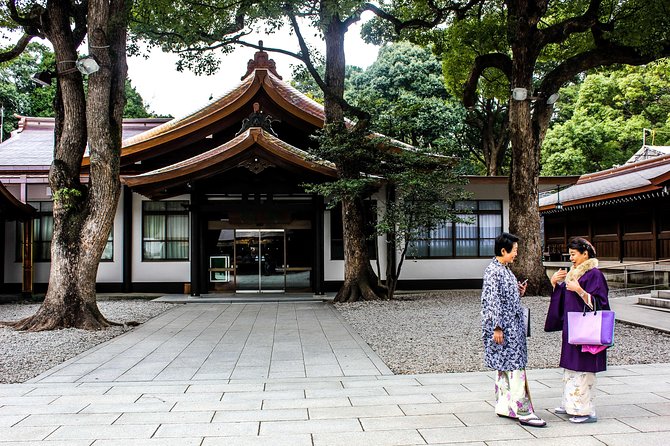
Art and Symbolism in Shinto are intricately intertwined, offering a visual representation of the spiritual beliefs and cultural values of the ancient Japanese religion.
-
Symbolic Representations: Art in Shinto often depicts nature, deities, and mythical creatures, symbolizing the connection between the physical and spiritual realms.
-
Traditional Ceremonies: Art plays a significant role in Shinto rituals and ceremonies, with symbolic objects like torii gates, shimenawa ropes, and sacred mirrors being central to these practices.
-
Cultural Significance: Through art, Shinto communicates its reverence for nature, ancestors, and the divine, providing a window into the rich tapestry of Japanese heritage and beliefs.
Art in Shinto not only serves as a form of expression but also as a medium through which practitioners engage with their spirituality and traditions.
Modern Interpretations and Relevance
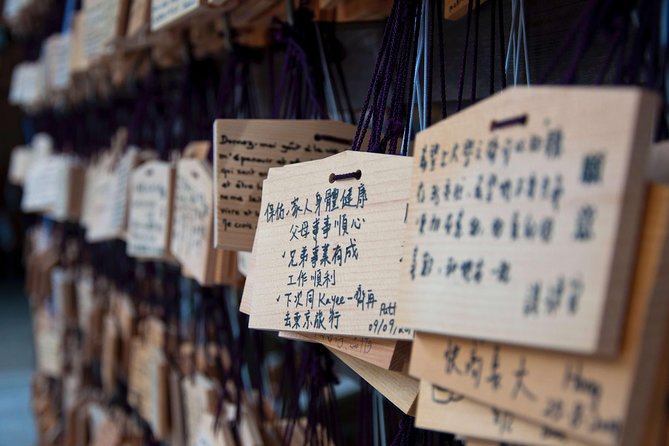
Incorporating contemporary perspectives and adapting to modern societal dynamics, Shinto continues to resonate with individuals seeking spiritual connection in today’s fast-paced world.
The essence of Shinto, with its focus on harmony with nature, purification rituals, and reverence for ancestral spirits, holds enduring cultural significance.
In modern interpretations, Shinto practices like offering prayers for success and well-being have found relevance in people’s lives. The adaptability of Shinto to contemporary contexts allows for a blend of tradition and modernity, appealing to a wide audience looking for spiritual guidance.
Frequently Asked Questions
Are There Any Specific Dress Code Requirements for Visiting Shinto Shrines?
Visitors to Shinto shrines are encouraged to wear conservative attire out of respect for the cultural significance. Traditional attire like kimono or yukata is a lovely way to embrace the atmosphere and honor tradition.
Can Participants Actively Participate in the Purification Rituals During the Tour?
Participants can actively engage in the purification rituals during the tour, offering a hands-on cultural experience. This involvement allows for a deeper understanding of Shinto practices and traditions, enhancing the overall immersive journey into Japanese culture.
How Are Offerings Made at Shinto Shrines and What Is Considered Appropriate?
When making offerings at Shinto shrines, visitors should follow traditional rituals and etiquette. Offerings like coins or small items can be placed respectfully. It’s important to show reverence and gratitude in this sacred practice.
Is Photography Allowed Inside the Shinto Shrines During the Tour?
Photography etiquette during the Shinto shrine tour allows for capturing moments respectfully. Visitors are encouraged to follow cultural norms, respecting sacred spaces. Engage with the guide for insights on when and where photography is appropriate.
Are There Any Specific Taboos or Customs to Be Aware of When Visiting Shinto Shrines?
When visiting Shinto shrines, it is crucial to observe cultural etiquette and proper behavior. Respectful gestures are essential in these sacred spaces. Be mindful of removing shoes, bowing before entering, and refraining from loud behavior to honor tradition.
Recap
Set out on a journey through the mystical world of Shintoism to gain a deeper understanding of Japanese culture and mythology.
From ancient rituals to modern interpretations, the essence of Shinto offers valuable insights into the rich traditions and beliefs of Japan.
Explore the significance of shrines, festivals, and daily practices that shape the lives of the Japanese people.
Enjoy the beauty and symbolism of Shinto to appreciate the profound impact it has on Japanese lifestyle.


